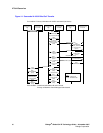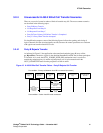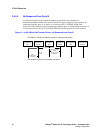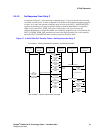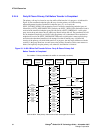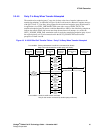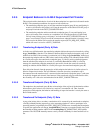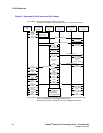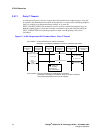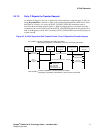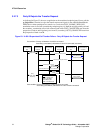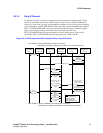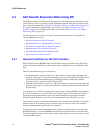Dialogic
®
Global Call IP Technology Guide — November 2007 67
Dialogic Corporation
IP Call Scenarios
From this point forward, the behavior in handling the incoming transferred call from the
perspective of this endpoint is identical to that of a blind or unsupervised transfer. The only
difference is that the secondary, consultation call is disconnected once the transferred call is
answered and must be explicitly dropped and released.
3.2.6 Successful H.450.2 Supervised Call Transfer Scenario
As indicated in Figure 20, the first precondition for supervised H.450.2 transfer is that the
transferring endpoint (party A) and the transferred endpoint (party B) are participating in an active
call (the primary call) and from the Global Call perspective, in the GCST_CONNECTED state.
The second precondition for supervised transfer is that a secondary call (the consultation call) from
the transferring endpoint (party A) to the transferred-to endpoint (party C) is active and both
endpoints are in the GCST_CONNECTED state.
Completion of a successful supervised transfer results in the eventual termination of the primary
and secondary (consultation) calls, and the creation of the transferred call. Note that the connection
of the transferred call is not a mandate for supervised call transfer. While less likely due to the
typical human dialogue on a secondary (consultation) call, it is always possible that the transferred
call itself may be left unanswered and eventually abandoned and still be considered a successful
transfer from the signaling perspective of the transferring endpoint (party A).
For simplification purposes Figure 20 does not indicate the opening and closing of logical channels
(and the associated media sessions) because the control procedures are consistent with typical non-
transfer related H.323 calls.




